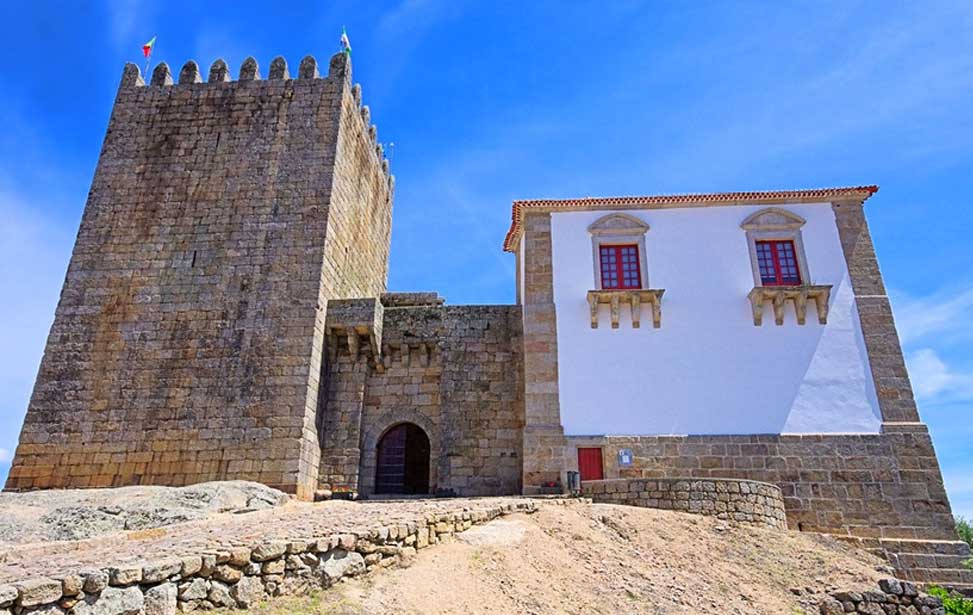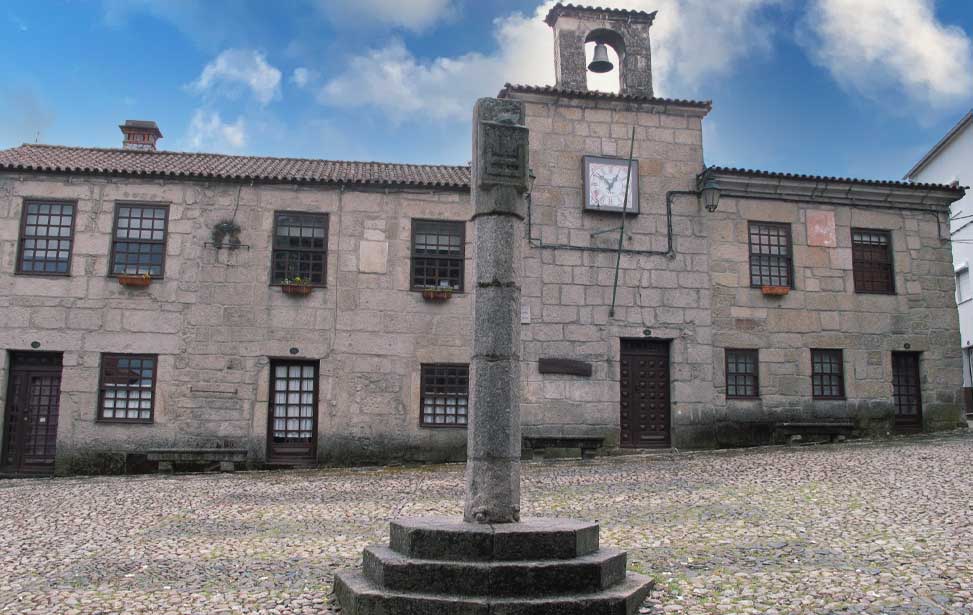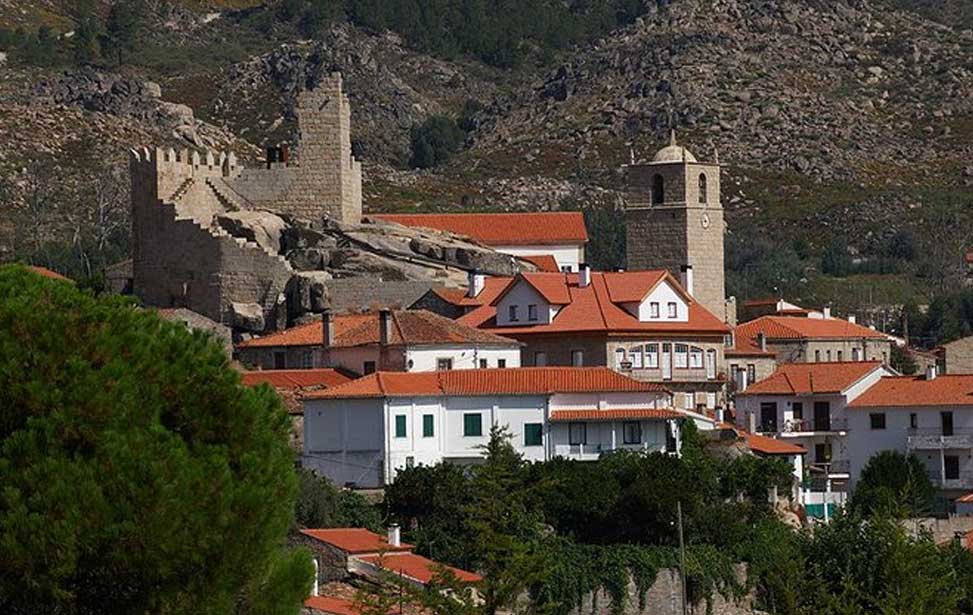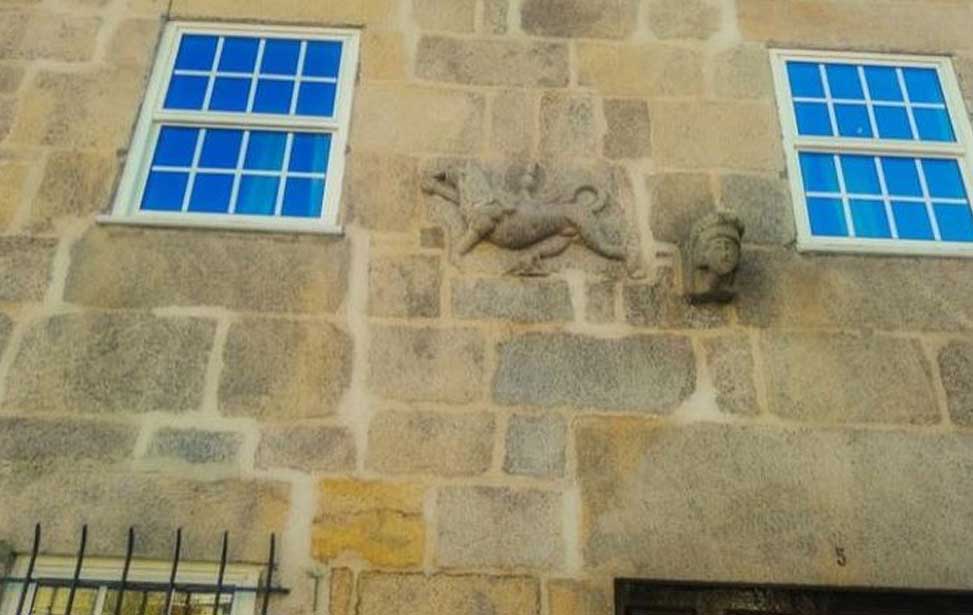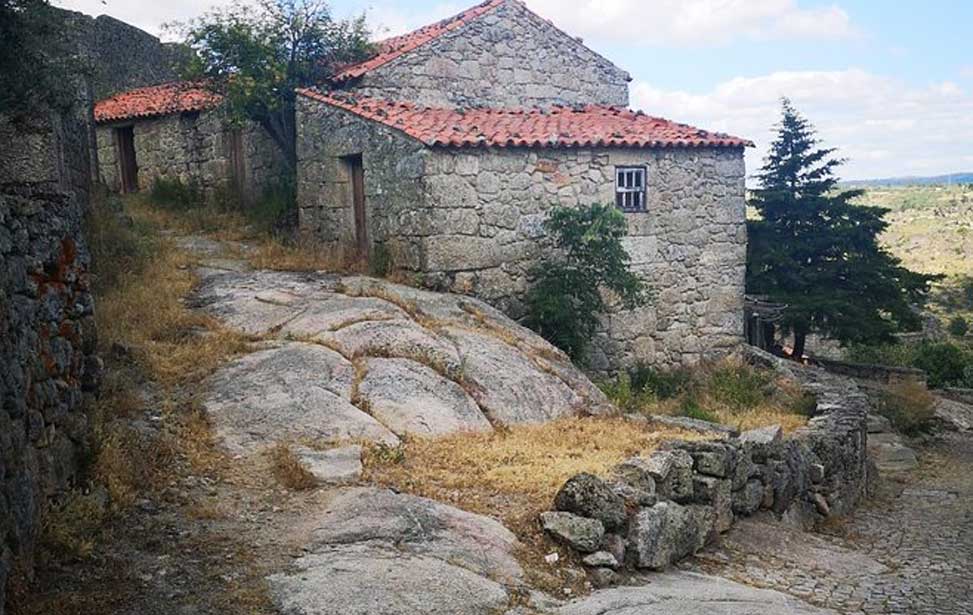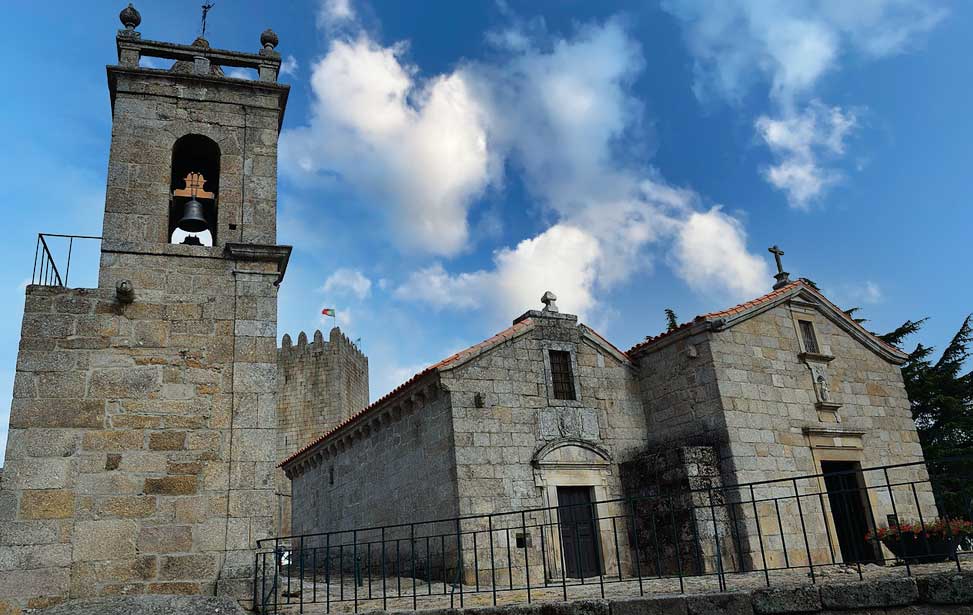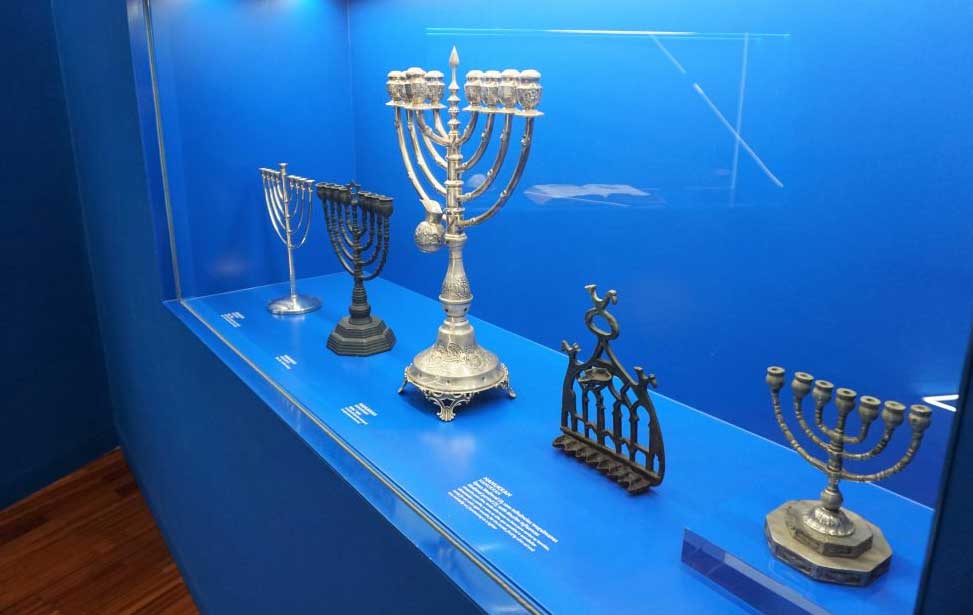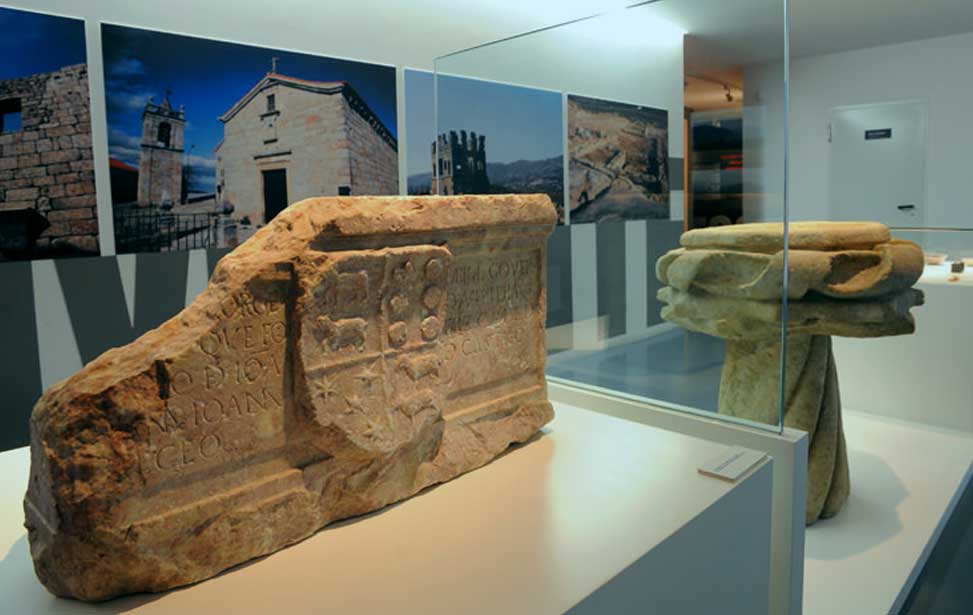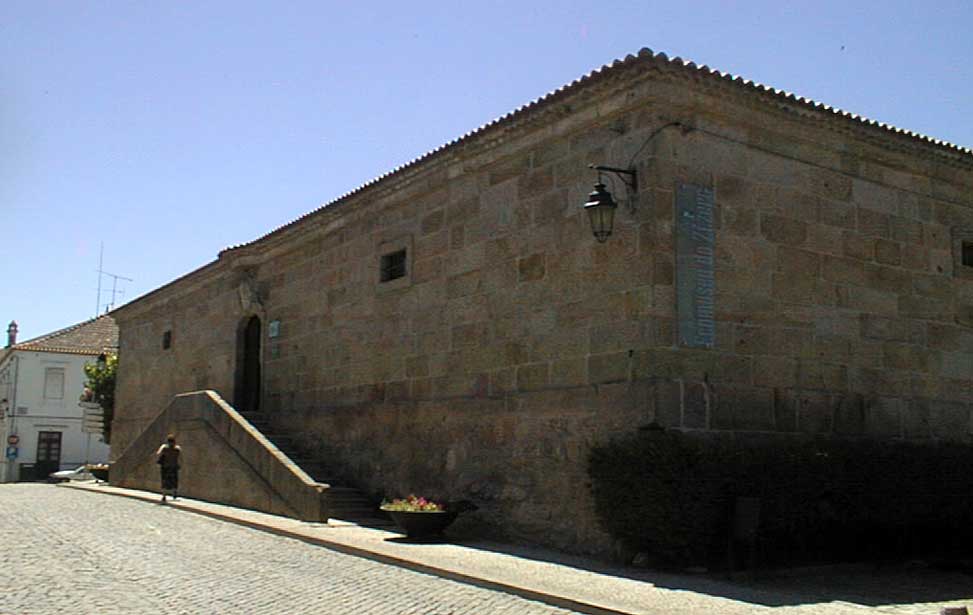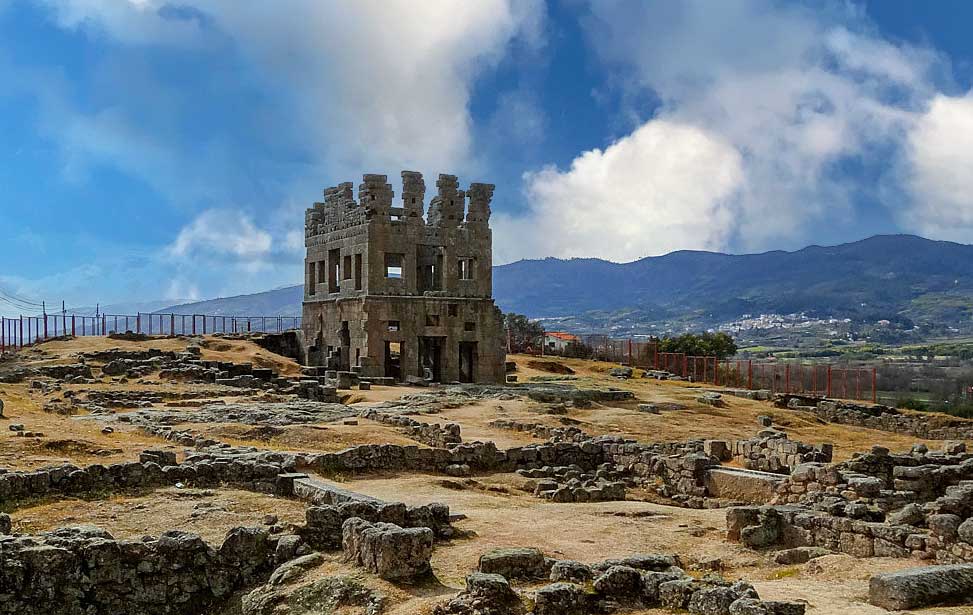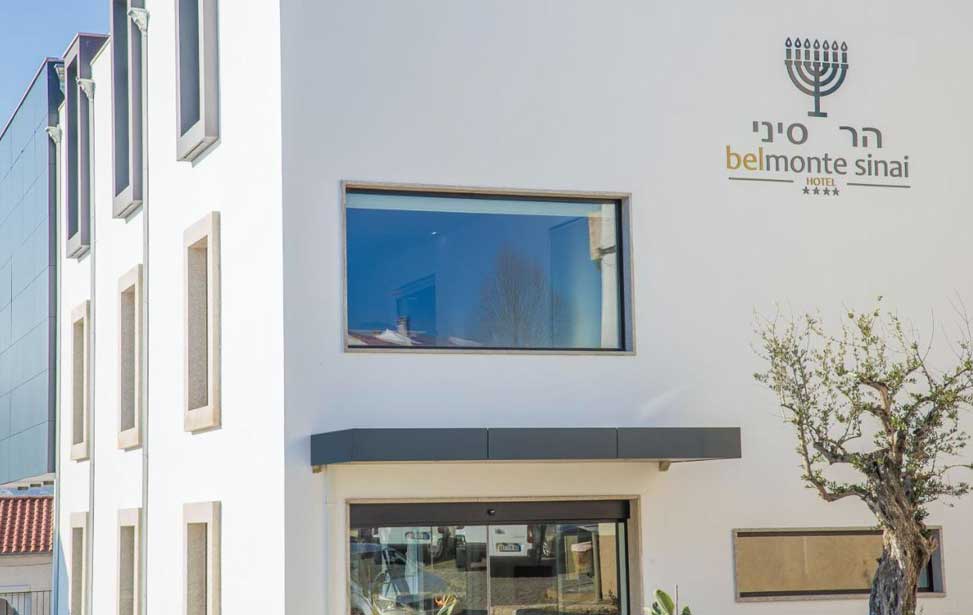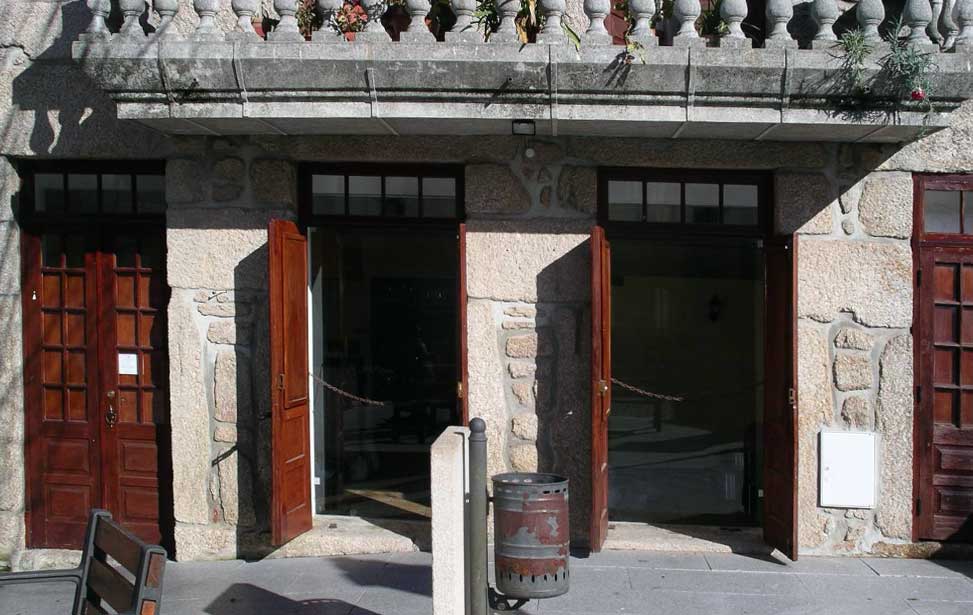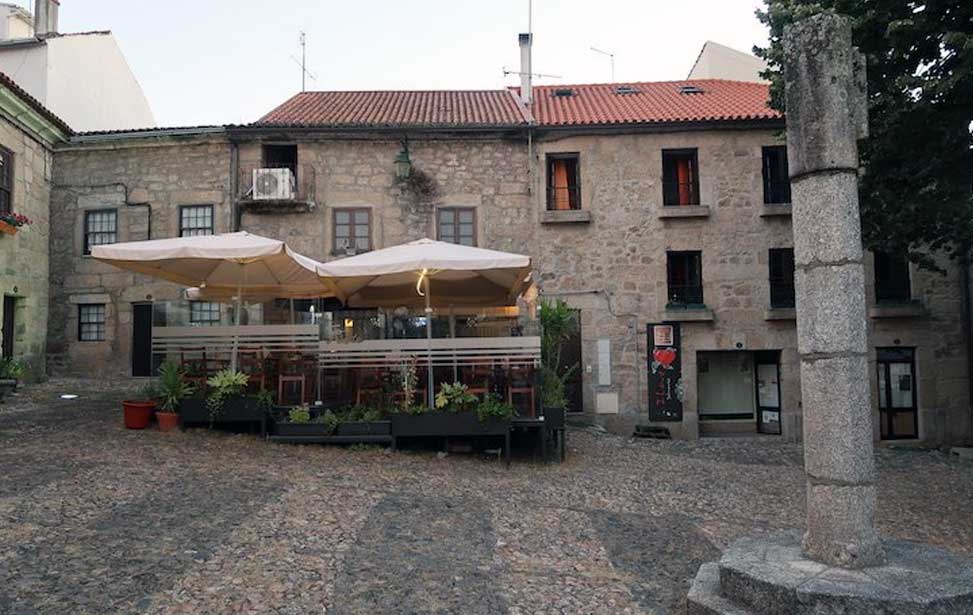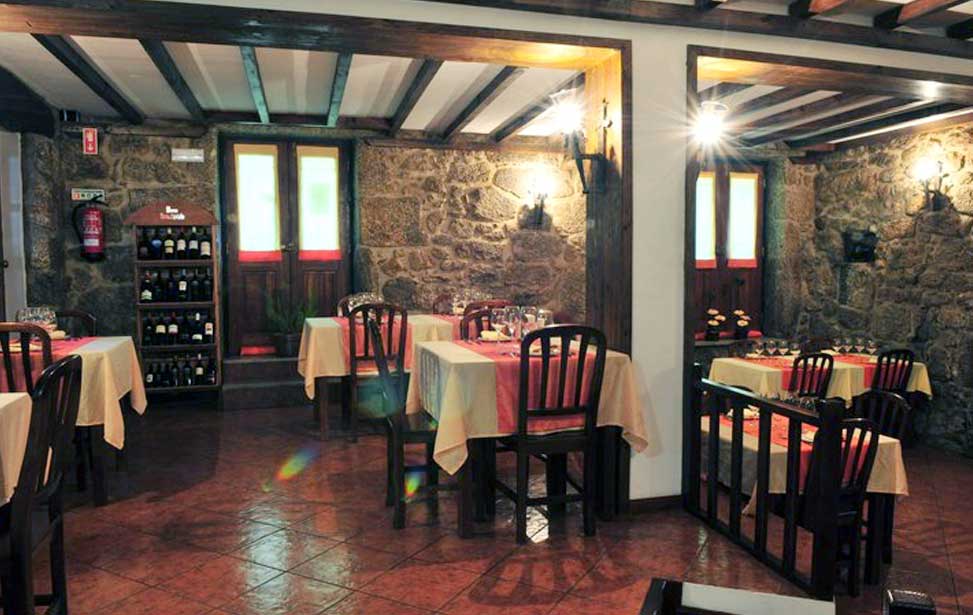BELMONTE
The young river Zêzere flows through the Cova da Beira valley. Overlooking is the small town of Belmonte. Often neglected by tourists and tourist guides, Belmonte is overflowing with charm, tradition and history. Belmontes's position on the eastern slopes of the Serra da Estrela mountain is the source of the town's name "Bella Monte or beautiful hill". The skeleton of a 13th-century castle occupies Belmonte's highest point, a reminder that things were not always so sleepy and peaceful here. Belmonte was included in Portugal's Historic Villages (Aldeias Históricas de Portugal) programme in 2003. They intend to restore, rehabilitate and promote a chosen group of ancient villages/human settlements within the Beiras region.








